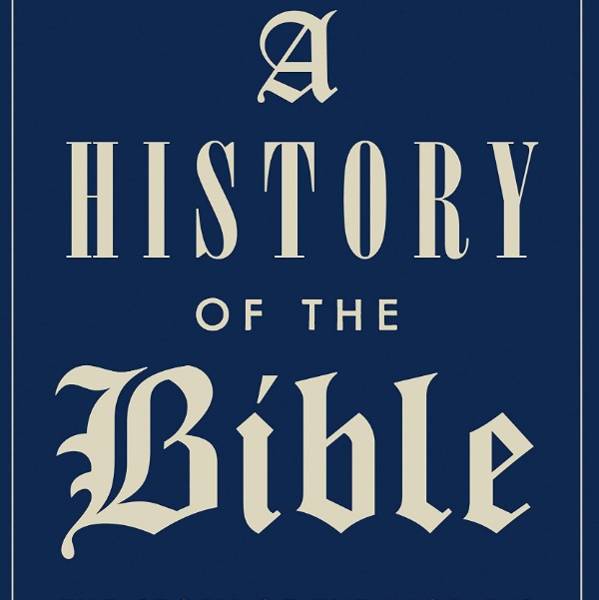Aquinas has a long-standing reputation as the quintessential maverick in the history of the Catholic Church – someone whose moral sensibilities and independence of mind prevented him from being blindly loyal to his beloved church. He had the courage to oppose her irrational excesses, even though it was dangerous to do so. He defied her ban on Aristotle, challenged her anti-rationalism and insisted that there was no conflict between faith and reason. He was denounced, censured, and his ideas were included in the list of forbidden propositions punishable by death at the hands of the Inquisition. But in the end, the maverick changed his church for the better. He made her more rational and moderate. After his death, the church recognised him as her greatest benefactor by canonising him (1323), adopting his philosophy as her own (1879) and requiring the teaching of Aquinas at all Catholic colleges by Canon Law (1918).
The trouble with this legend is that it cannot stand up to scrutiny. The first myth is that Aquinas was an Aristotelian rationalist who accomplished the astonishing feat of reconciling faith with reason – as if reason could seriously come to the defence of the Immaculate Conception, the virgin birth and the resurrection. At the dawn of the age of reason in the 13th century, Aristotle was so fashionable that he was a threat to the church. Aquinas came to her rescue by using Aristotle as a veneer to conceal the irrationality of the faith. In this way, Aquinas allowed the church to imagine that the articles of faith were iron-clad truths guaranteed by reason. He flattered the church into thinking that she was the sole proprietor of a truth that was as rational as it was divine. Instead of improving his beloved church, he made her even more smug and intolerant. Far from being an independent maverick, Aquinas was a loyal servant who was praised by Pope Leo XIII for his “docile mind”.
In fact, Aquinas was appointed professor at the University of Paris in 1256 by papal decree, against the wishes of the Faculty of Arts. Meanwhile, his intellectual opponents at the university were hounded by the Inquisition. William of Saint-Amour was banished, his book burned and his career destroyed in 1257. Later, when the feisty Aristotelian scholar Siger of Brabant used Aristotle to challenge the faith, he was accused of heresy. In his effort to destroy Siger, the Bishop of Paris, Stephen Tempier, published a list of condemned propositions in 1270 and an even longer list (219 to be exact) in 1277. It was inevitable that such a comprehensive list would include some of the Aristotelian propositions that Aquinas employed in defence of the faith. But Aquinas was not the target of the condemnation, since he died in 1274. Nevertheless, the Pope insisted that the Bishop remove every Thomist proposition from the list. Meanwhile, in a desperate effort to save himself, Siger went to Rome to appeal to the Pope, but died under mysterious circumstances at the age of 40. The official story is that he was “stabbed by his mad secretary”. His supporters at the University of Paris did not buy it; but no one dared to ask for an investigation.
The second myth is that Aquinas provided Christianity with a moderate political philosophy that rested on the solid foundation of natural law and justice. In truth, Aquinas appealed to natural justice only when infidels were in power; but when the church had the upper hand, then natural justice be damned! When she has the power of numbers on her side, the church should mobilise the state in the service of her wondrous task of salvation. For Aquinas, the exemplary monarch is one who “takes the cross” (i.e., leads Crusades) and liberates the world from “uncleanness and contagion” by burning heretics. Aquinas was a zealous defender of the Inquisition.
Contrary to the claims of Thomist scholars such as Frederick Copleston and Josef Pieper, the Inquisition plays a central role in Aquinas’ political philosophy. It was not just something that everyone in his time took for granted. Most people, in fact, did not, but were horrified by the barbarous slaughter of the innocent.
Nor was Aquinas ignorant of the brutal practices of the Inquisition. He was a trusted insider who served as a papal consultant. Besides, he was a Dominican, and the Dominicans had the exclusive privilege of conducting the “trials”, which explains why they were reviled by ordinary people. In fact, they could hardly venture out of the monastery at St Jacques in Paris (where Aquinas lived) without fear of insult or assault. King Louis IX (Saint Louis) had to provide royal troops for their protection. So, far from being a maverick, Aquinas defended the church’s reign of terror in full view of its atrocities and abominations.
Shadia B Drury is the author of Aquinas and Modernity: The Lost Promise of Natural Law (Rowman & Littlefield)

